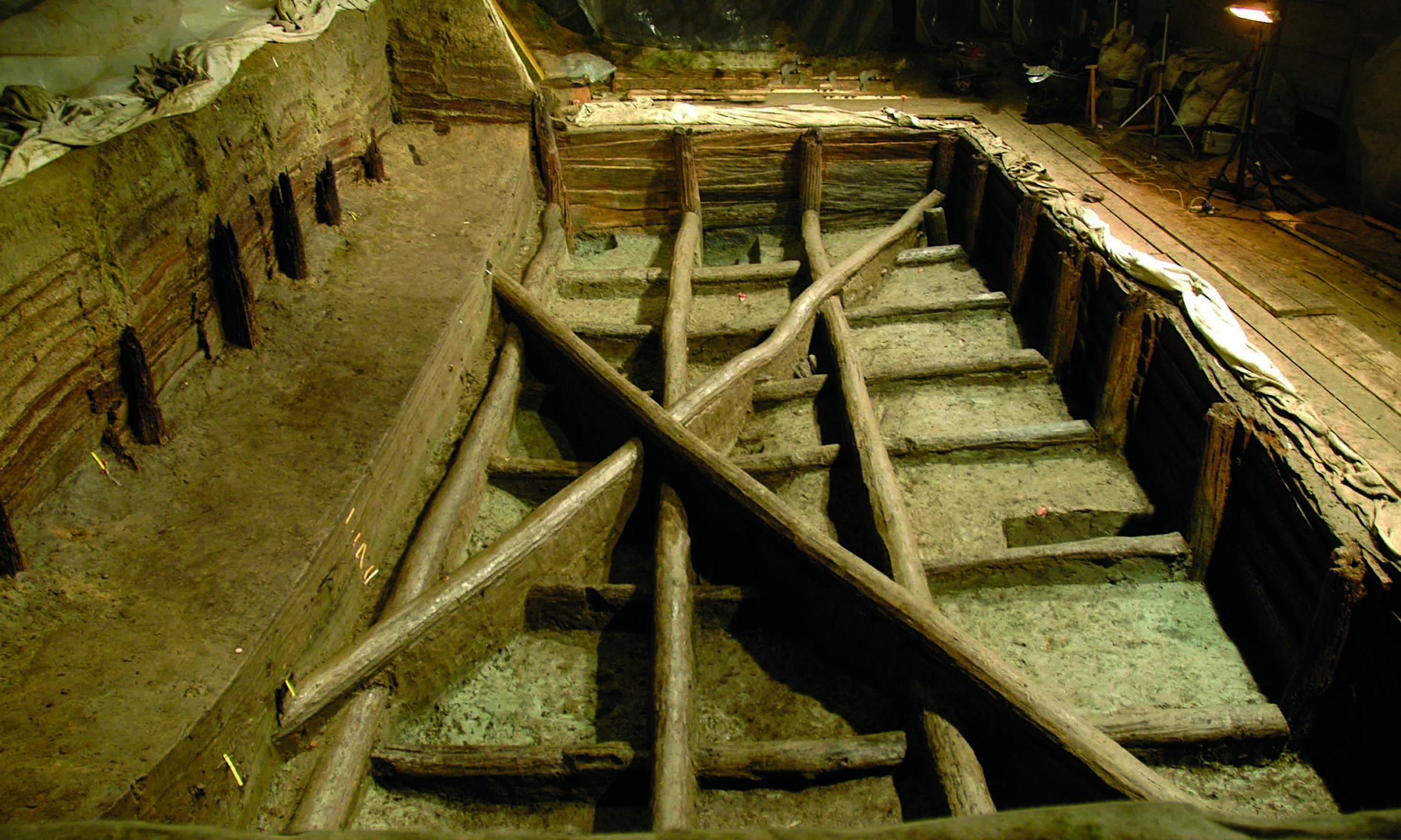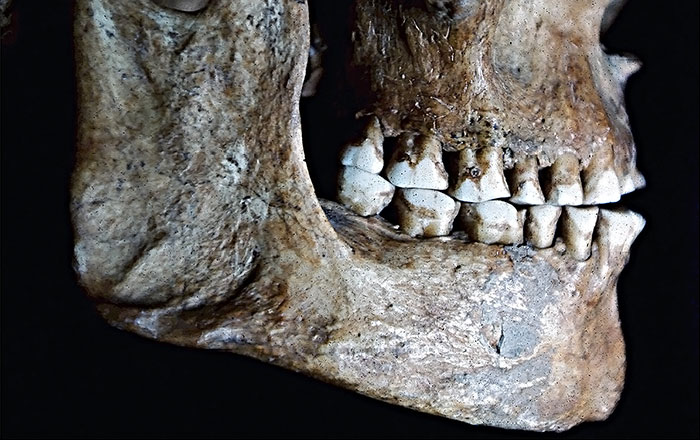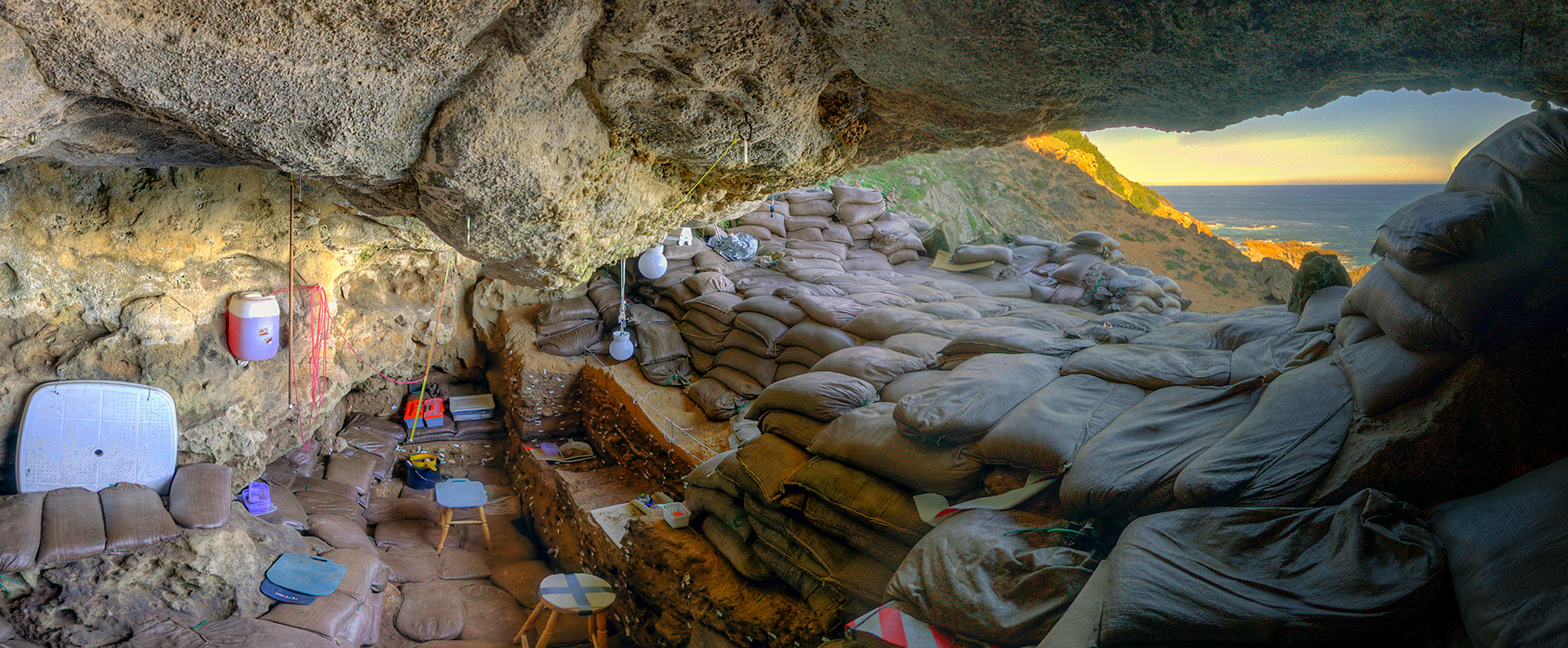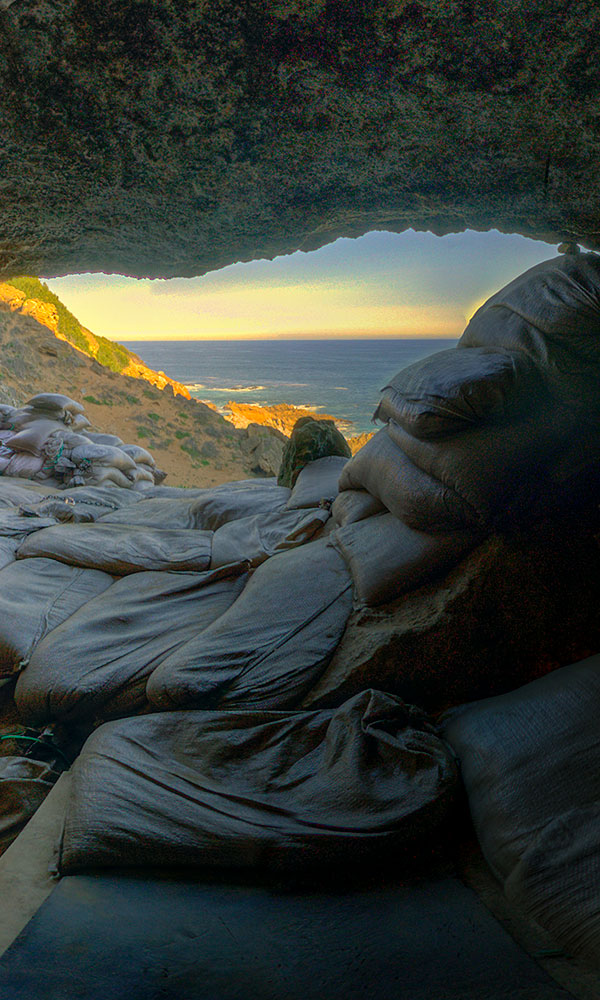
AARHUS, DENMARK—Isotope geochemist Rasmus Andreasen of Aarhus University and his colleagues suggest that the presence of modern, strontium-rich agricultural lime in the landscape may have skewed earlier interpretations of the Egtved Girl and Skrydstrup Woman, according to a Live Science report. Previous analysis of isotopes obtained from the Bronze Age remains indicated that the Egtved Girl may have grown up in southern Germany, and traveled between Denmark and another location in the last years of her life, before she died in Denmark. Skrydstrup Woman was also thought to have arrived in Denmark as a teenager. But Andreasen grew concerned that the maps of strontium distributions on which these conclusions were based did not reflect conditions prior to the introduction of modern farming techniques. After adjusting for the presence of agricultural lime, Andreasen and his team members say the data suggests the women may have actually spent their lives within about six miles of where they were buried. The researchers behind the original studies are unconvinced, however. “Overall, there is nothing in the study from Aarhus which changes our interpretation: That the two women from the Bronze Age came from afar,” said Karin Frei, a professor of archaeometry at the National Museum of Denmark, and Robert Frei, a professor of geology and geochemistry at the University of Copenhagen. To read about the interpretation of the Egtved Girl's burial that included the Freis' conclusions, go to “Bronze Age Bride.”










